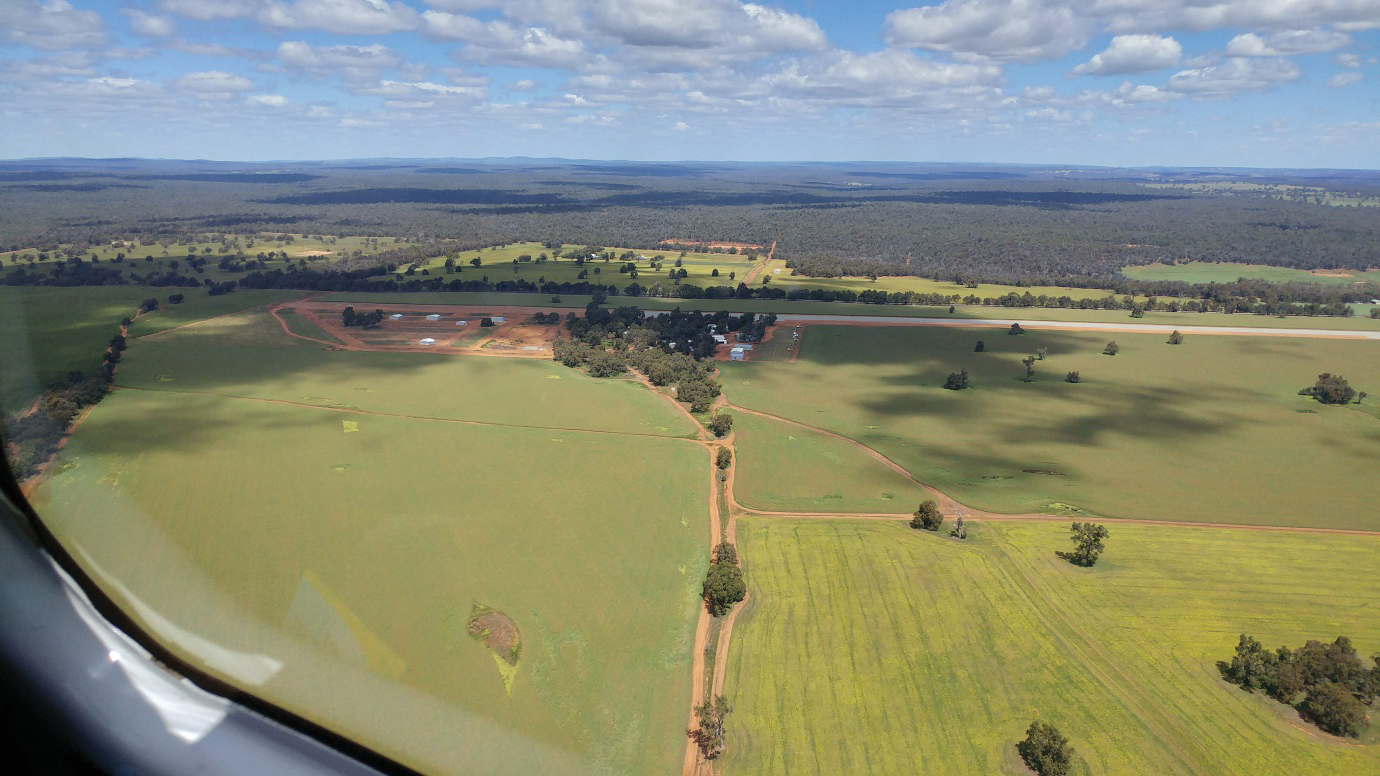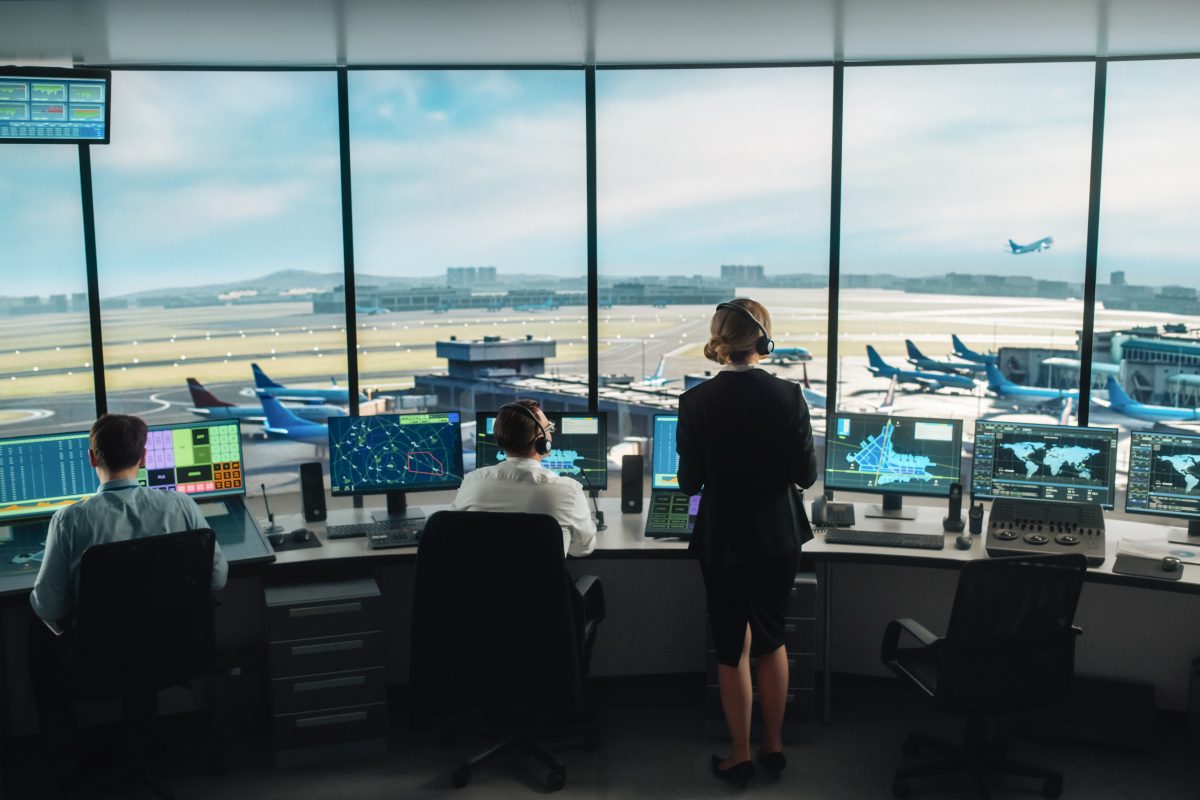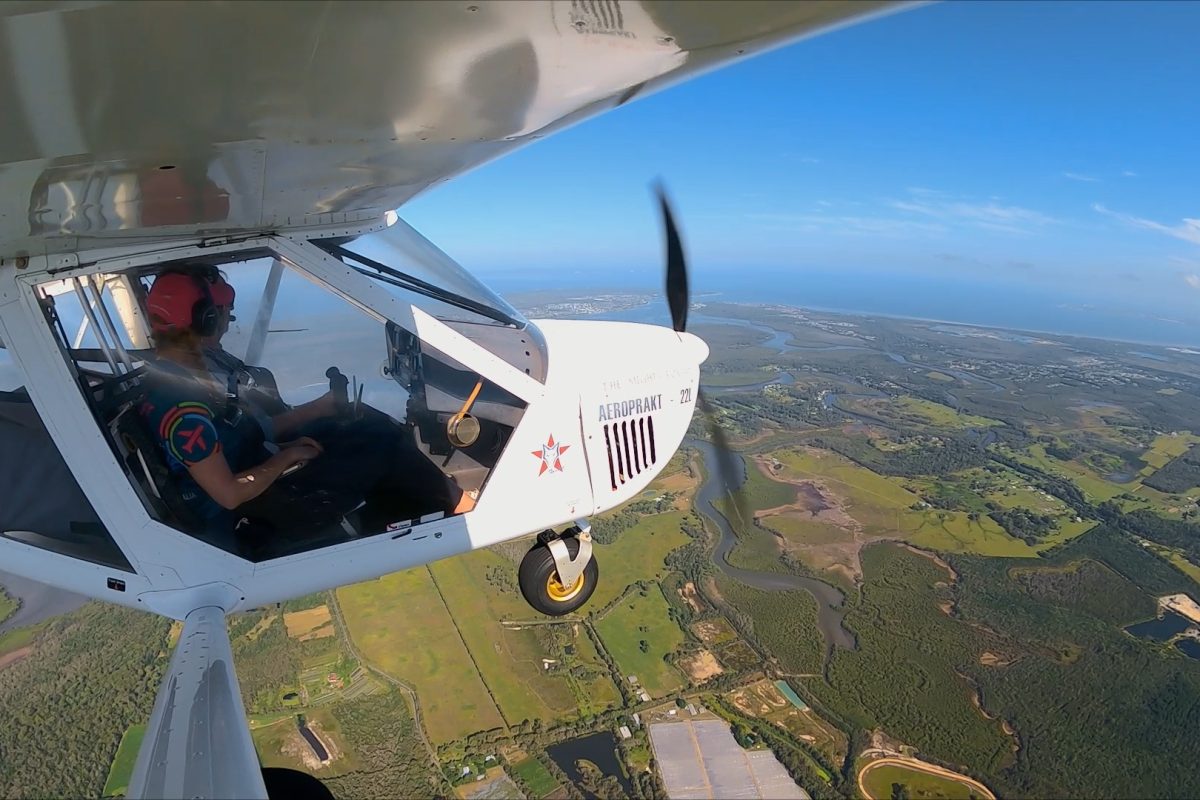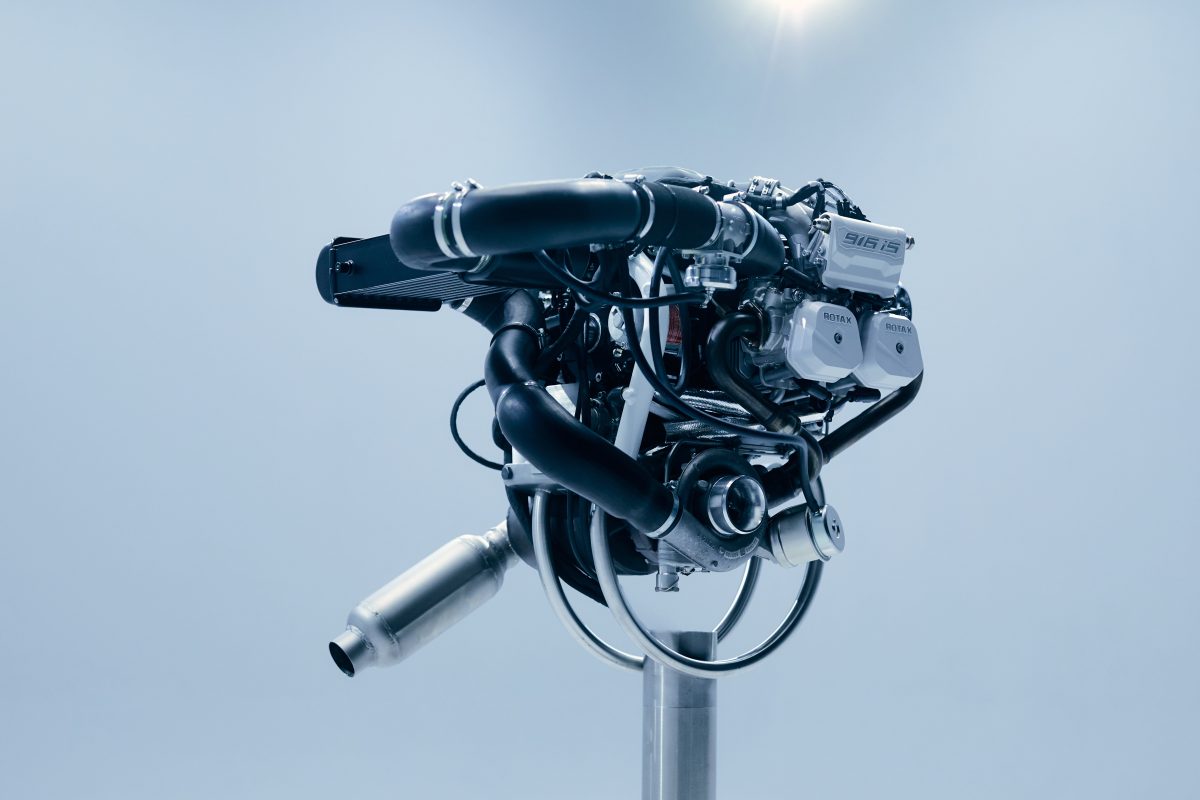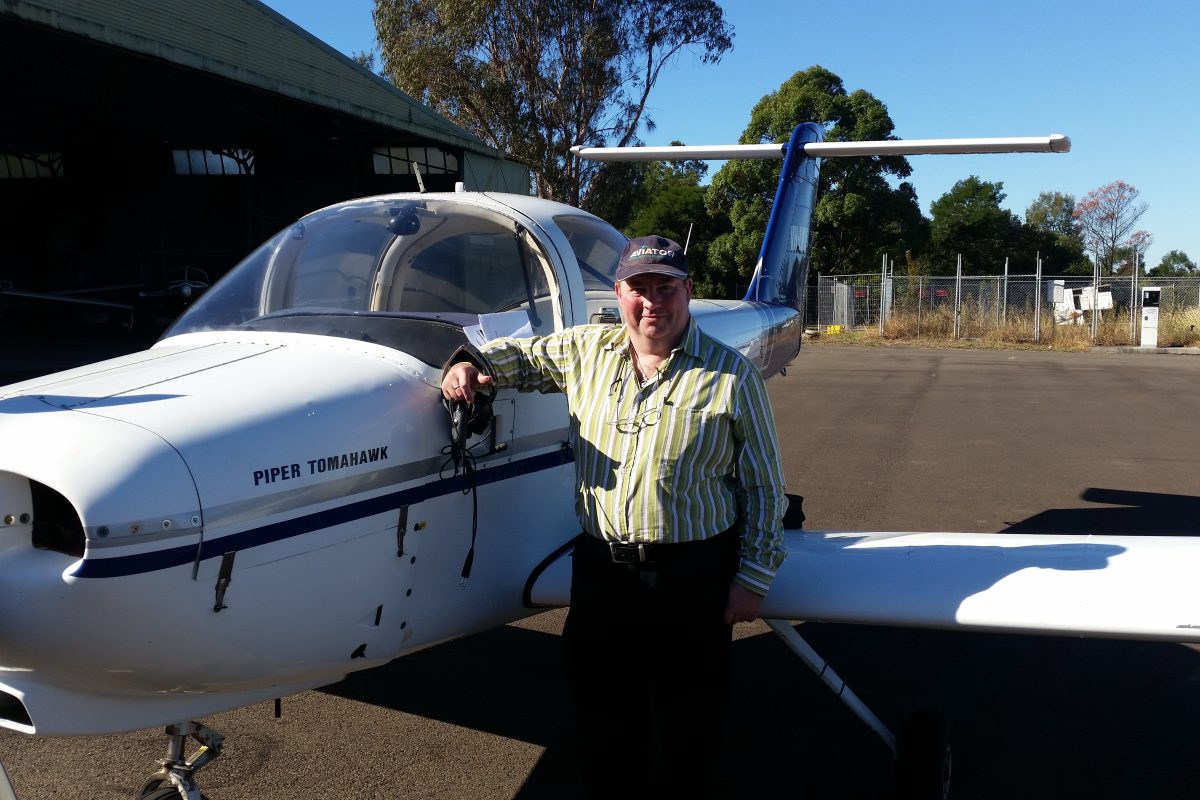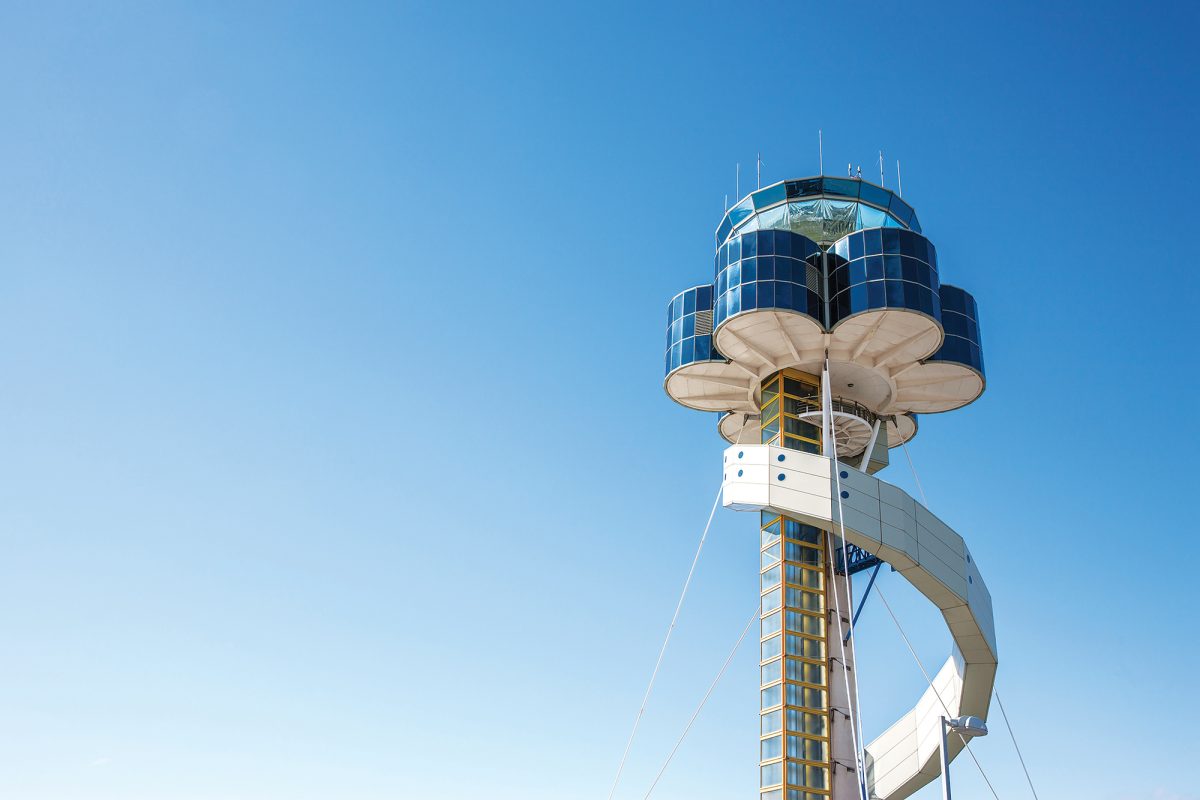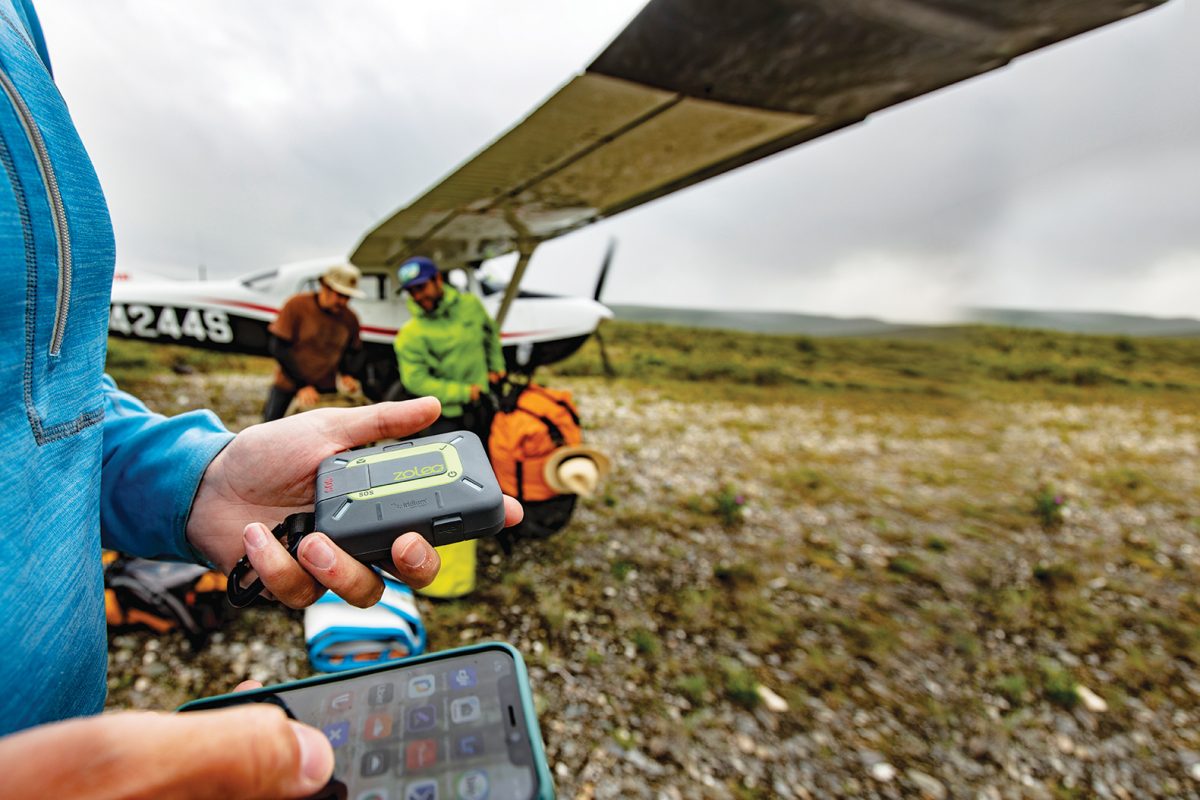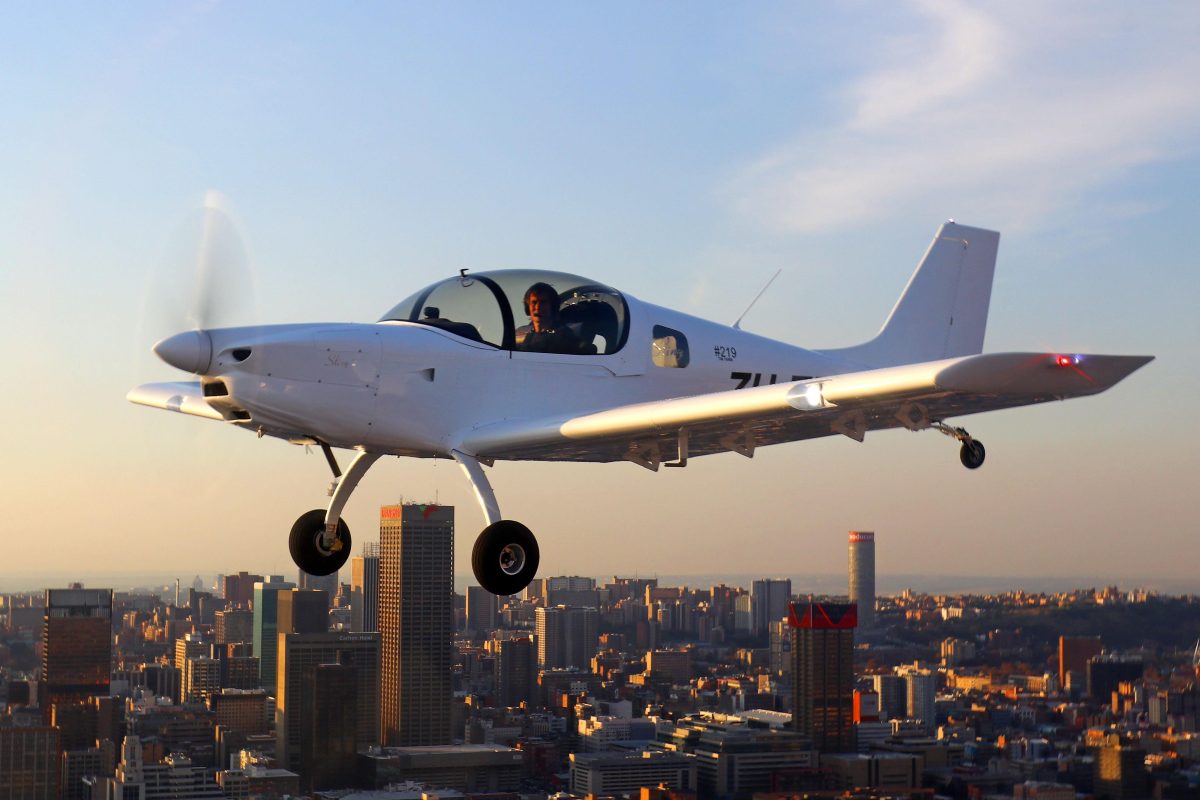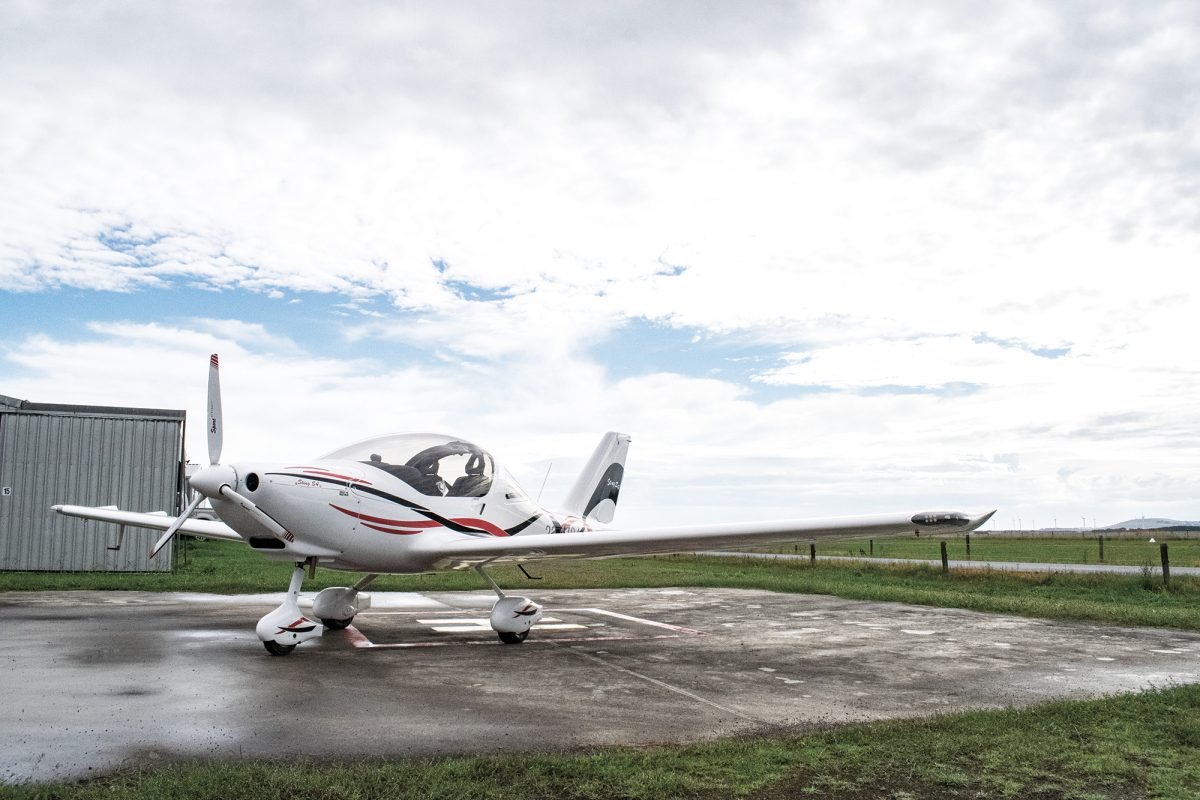FLYING WITH THE SUPERLIGHT AIRCRAFT CLUB OF WESTERN AUSTRALIA
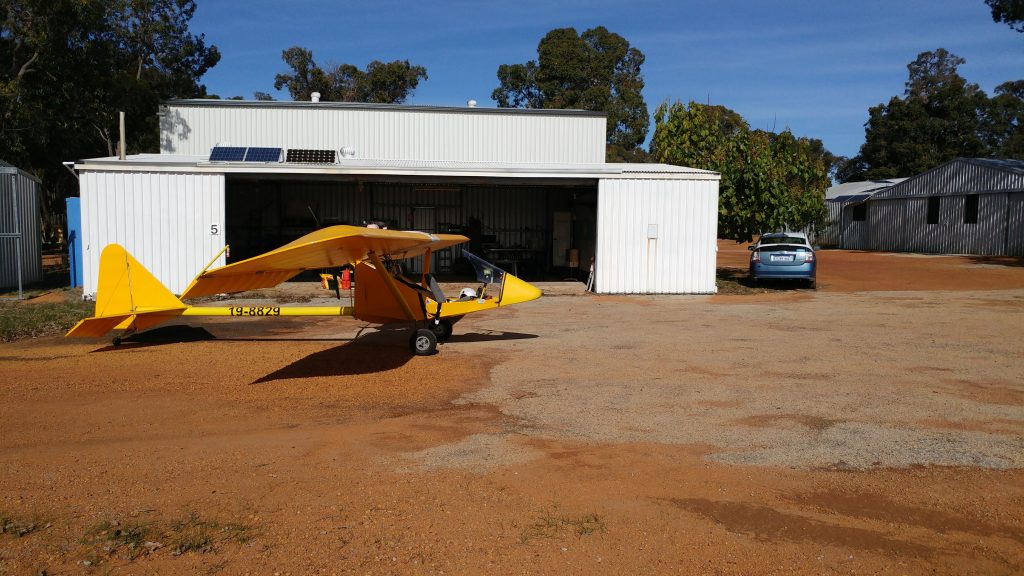
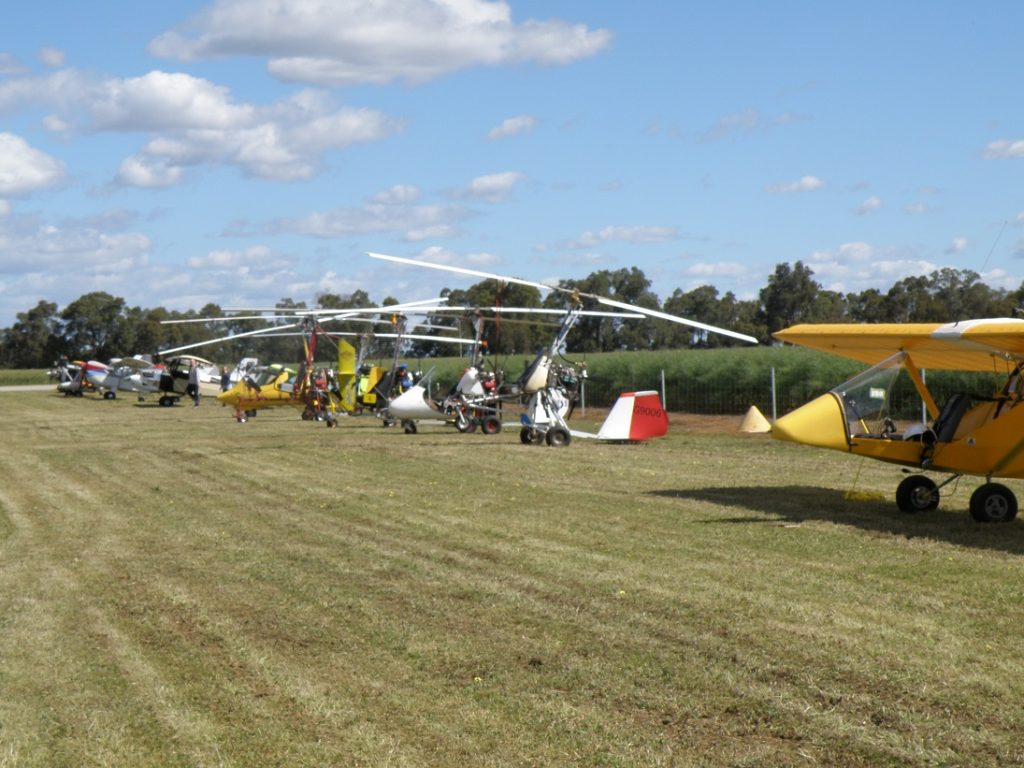
I finished building a Kolb Firestar II ultralight in my garage in Perth a few years ago, and although having been a member of RAAus, I hadn’t engaged much with the flying community (apart from a couple of ultralight TIFs). It was exciting to finally be ready to fly it, when a friend (who is a very experienced pilot) kindly offered for me to store and fly it at his flying property about 100km east of Perth. While this was tempting, I first had to convert my GA pilot licence (from 1987) to RAAus — with tailwheel endorsement — and felt I needed support before and during the test flying phase.
I looked around and found the Superlight Aircraft Club of WA (SLACWA), 80km north of Perth, near the wheatbelt town of Bindoon. It offered a 1,650 metre runway (09/27 – an ex-WWII emergency airfield), a basic ‘clubhouse’ nestled among the gum trees, with 40 hangars and numerous hangar plots. RAAus and ASRA flight training for fixed wing and gyros is also supported.
I found the club’s focus was enabling safe, affordable back-to-basics recreational and sport aviation, with the camaraderie and support of 70 active aviators and 40 social members. Membership costs are kept to a minimum because SLACWA owns the airfield, and by the members volunteering innovatively. For example, 960m of the runway was beautifully refurbished a few years ago, at a small fraction of the normal commercial cost, by 16 members over five weeks — using borrowed machinery, and bitumen sponsored by the Boral company.
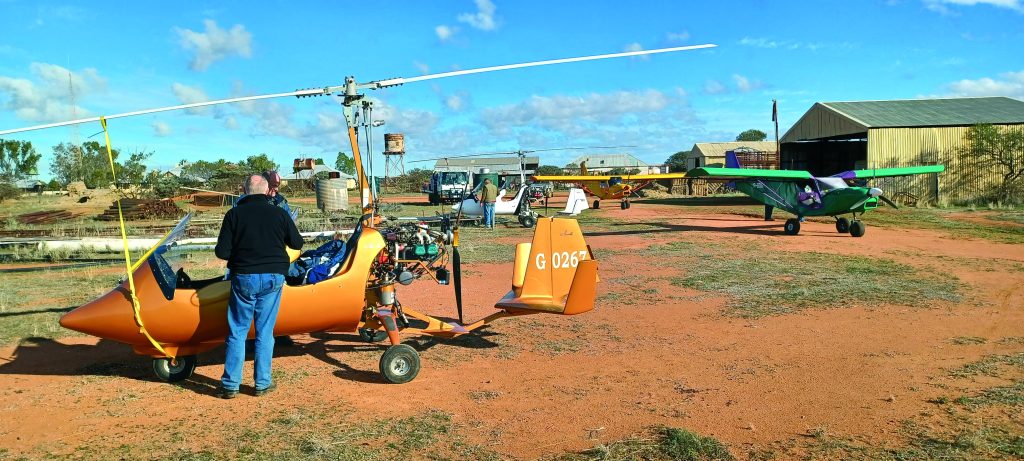


Importantly for me, a very experienced ‘club test pilot’, Gary DePiazza, volunteered to check some of the finer details of my Firestar. He offered suggestions and help with balancing the prop, adjusting the Rotax 503 carburettors, calibrating the EFIS and the weight and balance. Wayne ‘Chookie’ Fowler, a knowledgeable retired Telecom technician, helped optimise my radio and antenna choice. Both Gary and Wayne’s various ‘tools of the trade’ made it so much easier and faster, and gave me confidence in my new aircraft.
I was able to rent a hangar from one of the owner-members for a very reasonable fee while taking my conversion training at a very affordable rate in a 1943 Tailorcraft L2 tail-dragger aircraft. What a privilege to experience what those very young aviators of WWII had to fly with! At the same time, Gary began flight testing my Firestar and after five hours was able to hand it over to me to continue for the remainder of the 25hr test period (required by RAAus).
During his testing we made several adjustments and trimming to flight controls and Gary’s guidance for my initial fights were so important to give me confidence to do it. Further into testing, Adrian Stoffels (experienced Aeronautical Engineer and Technical Advisor to ASRA) observed that my propeller was overpowered and generously loaned me another propeller to suit, which solved that problem.
In the ongoing maintenance of my aircraft, again the knowledge and experience of fellow club members and sharing of specialised tools and equipment are further reminders of the benefits of being a part of SLACWA.
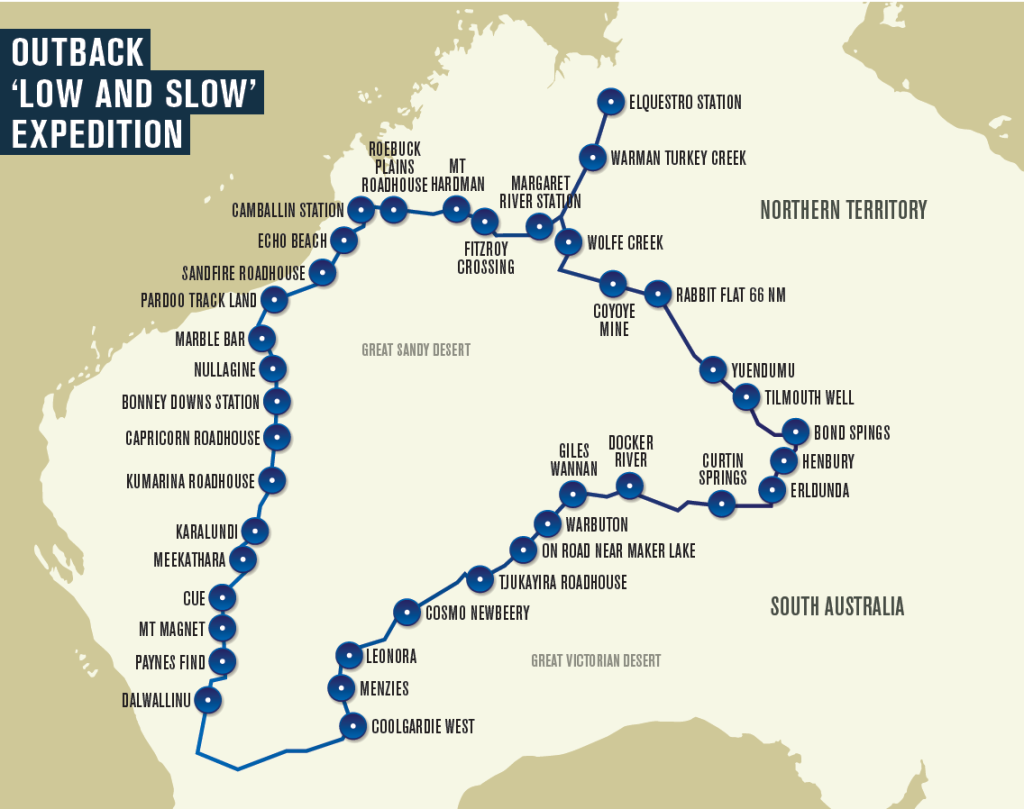
In the meantime I’ve enjoyed other benefits of the club, including opportunities to go on ‘Low and Slow’ expeditions around WA, engage with others who share a passion for this very unique sport, and enjoy everyone’s creativity and innovation.
The ‘Low and Slow’ trips range from short and local flights, to multi-week expeditions around WA and across Australia, which encompass a wide variety of experiences, scenery and flying into interesting bush strips, including outback stations. Longer trips typically have the support of ground vehicles and crew who can share in the flying with a ‘rotation’ of passengers in some of the aircraft.
All kinds of aircraft are welcomed at our club – you’ll often see Ultralights and LSAs, Gyrocopters, Microlights, Motor Gliders and also some GA (CASA Experimental and 2 seat sport aircraft).
If visiting the airfield, it’s best to do so on weekends, but if flying then check ERSA because there are Pearce RAAF operations and restricted areas, and importantly read the ‘Fly Neighbourly Policy’ beforehand on the website, to avoid overflying properties immediately south of the airfield. If driving, contact 0492 930 303 to ensure access and a ‘host’ to show you around.
We hope to see you in our part of the world very soon!
For more information: www.slacwa.org.au
